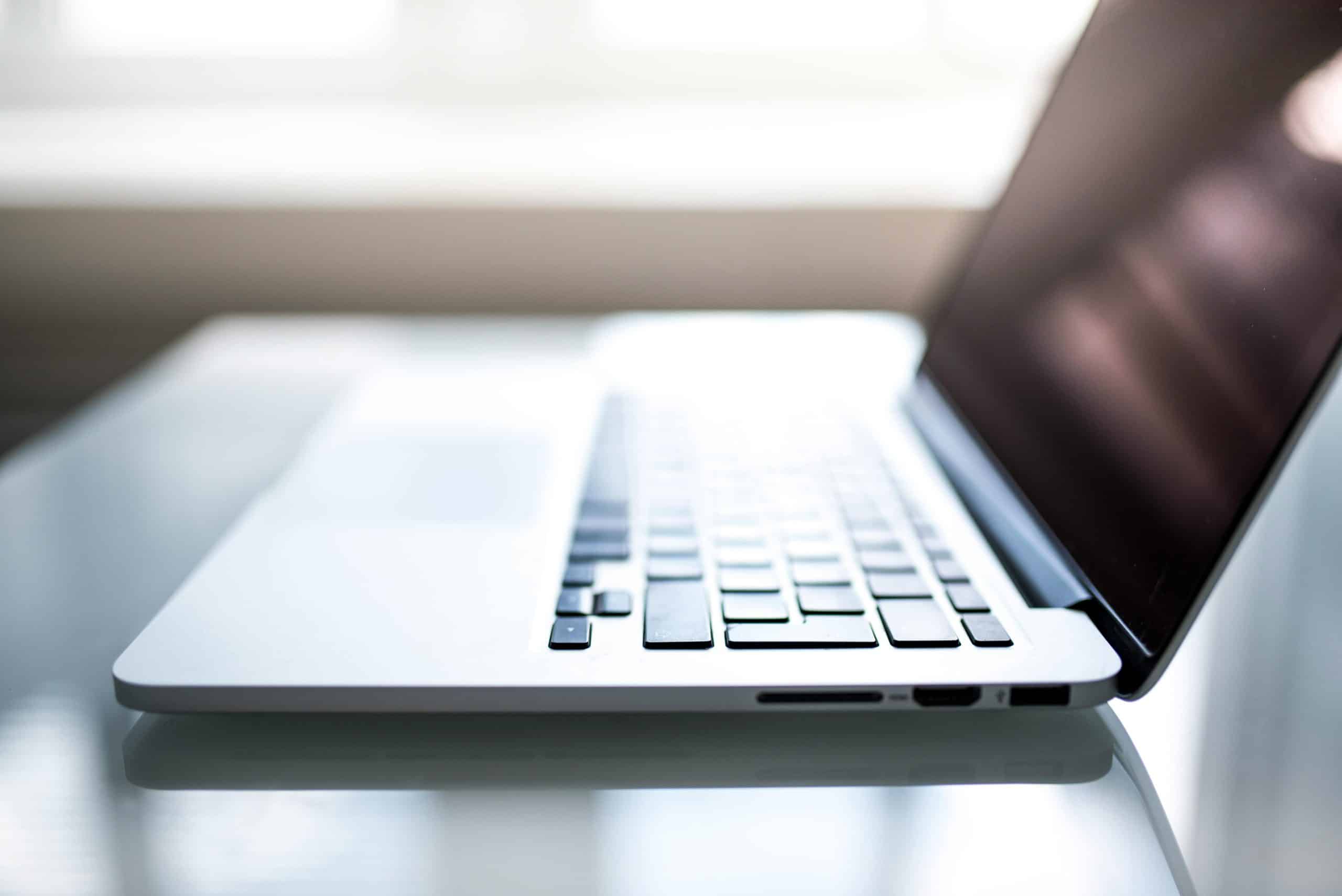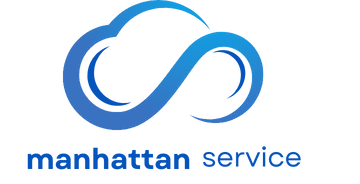
What are the steps to set up a dual-boot system with macOS and Windows 10 on a Lenovo ThinkPad P1?
Setting up a dual-boot system on your Lenovo ThinkPad P1 can significantly enhance your productivity by allowing you to run both macOS and Windows 10 on the same machine. This guide will walk you through the necessary steps to achieve this setup, providing a comprehensive breakdown for both seasoned tech enthusiasts and those new to dual-boot configurations.
Dual-booting refers to the process of installing two operating systems on a single computer, enabling users to select which OS to boot into during startup. For Lenovo ThinkPad P1 users, this means leveraging the power and flexibility of both macOS and Windows 10.
A lire en complément : How do you optimize the performance of a Dell Precision 7540 for CAD and 3D rendering applications?
The ThinkPad P1 series is known for its robust performance, especially with its Intel Core processors, NVMe SSD storage, and high-end graphics card options. This makes it an excellent candidate for a dual-boot system. However, setting up such a configuration involves detailed steps and careful planning. This article outlines the key steps to dual-boot macOS and Windows 10 on your Lenovo ThinkPad P1.
Preparing Your Lenovo ThinkPad P1 for Dual-Boot
Before diving into the dual-boot setup, it is crucial to prepare the hardware and software environment on your ThinkPad P1.
En parallèle : What are the best practices for setting up a secure file-sharing system using a Synology DS420+ and SMB protocol?
1. Backup Your Data: Before making any changes, ensure that all your important data is backed up. This will prevent any loss of data during the installation process.
2. Update Firmware and BIOS: Ensure that your ThinkPad P1 has the latest firmware and BIOS updates. These updates often include critical fixes and improvements that enhance compatibility and performance.
3. Create Bootable USB Drives: You will need two bootable USB drives – one for macOS and one for Windows 10. Use reliable tools such as Rufus for Windows and balenaEtcher for macOS to create these bootable drives.
By thoroughly preparing your ThinkPad, you set the stage for a smooth dual-boot setup.
Installing macOS on Lenovo ThinkPad P1
Installing macOS on a Lenovo ThinkPad P1 involves a process known as Hackintosh, which allows non-Apple hardware to run macOS. This section outlines the steps involved.
1. Gather Necessary Files and Tools:
- macOS Installer: Download the latest macOS installer from the Mac App Store.
- Clover Bootloader: This tool enables macOS to boot on non-Apple hardware.
- Kexts: These are essentially drivers for macOS to recognize ThinkPad hardware.
2. Create macOS Bootable USB Drive:
- Use a Mac or a virtual machine to create a bootable USB drive with the macOS installer and Clover Bootloader.
3. Configure BIOS Settings:
- Enter the BIOS/UEFI setup by pressing F1 during boot.
- Disable Secure Boot.
- Set the SATA Operation mode to AHCI.
- Enable UEFI Boot.
4. Boot from USB and Install macOS:
- Insert the USB drive into the ThinkPad.
- Boot from the USB by pressing F12 during startup and selecting the USB drive.
- Follow the on-screen instructions to install macOS on a dedicated partition of your NVMe SSD.
5. Post-Installation Steps:
- After installing macOS, use Clover Bootloader and kexts to ensure all hardware components work correctly.
- Configure boot entries to allow easy switching between macOS and Windows.
Installing Windows 10 on Lenovo ThinkPad P1
With macOS successfully installed, the next step is to install Windows 10 on a separate partition.
1. Create Windows 10 Bootable USB Drive:
- Download the Windows 10 ISO from the official Microsoft website.
- Use Rufus to create a bootable USB drive.
2. Configure BIOS Settings:
- Ensure that Secure Boot remains disabled.
- Set the Boot Mode to UEFI.
3. Install Windows 10:
- Insert the Windows 10 USB drive into the ThinkPad.
- Boot from the USB by pressing F12 during startup and selecting the USB drive.
- Follow the on-screen instructions to install Windows 10 on a new partition of your NVMe SSD.
4. Post-Installation Steps:
- Install necessary drivers and updates for Windows 10.
- Use the Disk Management tool to ensure macOS and Windows partitions are appropriately configured.
Managing Your Dual-Boot System
Having successfully installed both macOS and Windows 10, managing the dual-boot system is essential for smooth operation.
1. Boot Menu Configuration:
- Configure the Clover Bootloader to include both macOS and Windows entries.
- Customize the boot menu for ease of use.
2. System Maintenance:
- Regularly update both operating systems to ensure security and performance.
- Use reliable antivirus software to protect your system.
3. Troubleshooting Dual-Boot Issues:
- If you encounter boot issues, check the BIOS/UEFI settings for proper configuration.
- Use forums and communities such as ThinkPad General and Hackintosh General Questions for guidance and support.
- Active members often provide valuable insights through quotes and posts joined.
Setting up a dual-boot system with macOS and Windows 10 on a Lenovo ThinkPad P1 is a rewarding endeavor that enhances your computing versatility. By following the steps outlined in this guide, you can successfully install and manage both operating systems on a single machine.
Remember to prepare adequately, follow the installation steps meticulously, and manage the dual-boot environment for optimal performance. Your ThinkPad P1, with its powerful Intel Core processors, NVMe SSD storage, and robust graphics card, is well-suited for this dual-boot configuration.
Whether you are a developer needing both macOS and Windows environments or simply want the best of both worlds, a dual-boot setup on your ThinkPad P1 offers a robust solution.
Bold the keywords: macOS, Windows 10, Lenovo ThinkPad P1, NVMe SSD, Intel Core, graphics card, BIOS, boot menu, dual-boot system, operating systems, ThinkPad General, Hackintosh General Questions.
